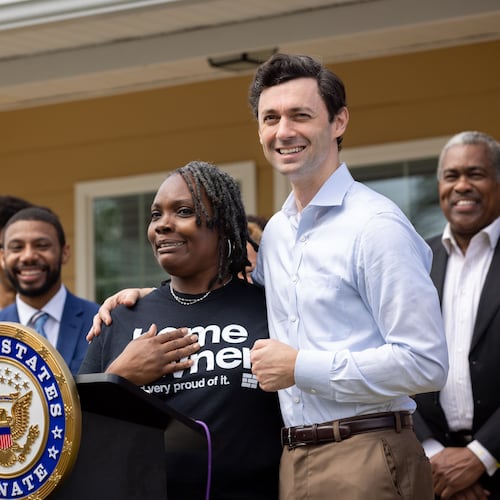It’s become a trope for many social commentators to add the phrase “whatever that is” to every mention of “healthcare disparity.” But in the trenches of the American healthcare system, the evidence could not be clearer.
We work in the research and treatment of sickle cell disease (SCD), a complicated and sometimes deadly group of inherited blood disorders that largely impacts people of color. September is National Sickle Cell Awareness Month, designated by Congress to help focus attention on the need for research and treatment of sickle cell disease.
There is much yet to learn about SCD, but funding of investigations leading to effective treatments and cure has been inadequate. There are treatments, but insufficient means of delivery to many rural or other underserved populations. There are proven patient treatment protocols, but ongoing resistance in the medical community to expand training of healthcare providers or change medical practice. There are emerging therapies and medications, but scant support to make these available for all.
Credit: contributed
Credit: contributed
It’s been called an invisible disease. Ironic, since no provider who has worked with SCD patients – especially children – can ever un-see the suffering.
Credit: contributed
Credit: contributed
SCD receives up to 11 times less research funding per affected person compared to other genetically inherited conditions, though it affects far more Americans. Because the initial (and persistent) symptom of SCD is pain, the well-documented tendency of the medical establishment to doubt Black patients’ descriptions of pain greatly interferes with the effective relief of pain and suffering. Recently, a child sought treatment at a hospital for severe pain due to bone damage caused by SCD. The treating team asked about her relationship with her parents, how she got along with peers and how her school work was faring and determined that her yelling was due to home stresses causing her to “act out.” Pain medications that could have helped were avoided. This sort of second-guessing happens far more often with Black patients than with white patients. We need to call it out. We have to cut it out.
There is a persistent, and perhaps lethal, myth that “Black” and “urban” are synonyms. But the U.S. Department of Agriculture’s Economic Research Service notes that since 2000, the minority population in 1,727 non-metro counties (84% of the total) has increased and become a larger share of county population. Therefore, because the nation’s few SCD medical centers are concentrated in densely populated urban centers, huge swaths of the Black American population are left with few resources related to SCD.
In this era of corporate activism, a handful of major brands have stepped up. Kudos to companies like Aflac (for donating thousands of robotic My Special Aflac Ducks to comfort kids with SCD and cancer), Kohl’s (for giving grants to camping programs for children with sickle cell) and FedEx (for heroic measures to transport blood for crucial transfusions). We want to believe that some fraction of the $50 billion big companies have pledged in recent years to addressing racial justice can be devoted to a disease so noticeably orphaned by these disparities.
We see many burdens of SCD often falling to the families of patients, as if they don’t have enough to deal with. The Black community alone cannot be, nor should be, solely responsible for solving entrenched healthcare disparities. We need institutions, leaders, corporations, churches and medical schools to hear us and take us seriously. We need to partner with groups like the National Black Church Initiative and Sickle Cell Community Consortium that are making significant progress to advocate for sickle cell patients.
American history is peppered with episodes of Black people overcoming inequalities by enlisting allies, speaking out and winning change. The time for us to come together as a community to address sickle cell disease is now.
Dr. Yasmin Tyler-Hill is former chair of the department of pediatrics at Morehouse School of Medicine in Atlanta, and Dr. Beatrice Gee is interim director of the sickle cell disease program at the Aflac Cancer and Blood Disorders Center of Children’s Healthcare of Atlanta.
About the Author
Keep Reading
The Latest
Featured




